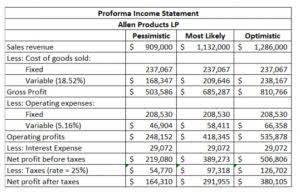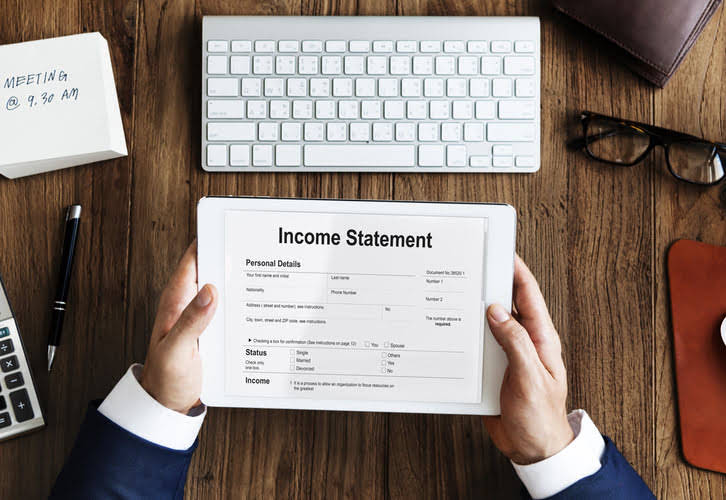
When you look to build a portfolio, the link between risk and ROI that we just looked at should be high in law firm chart of accounts your thoughts. How to get maximum return on investment without being exposed to unnecessary risks is the key question to look at here. A look at how to work out a return on investment in the property market gives us a clear example of how this works.
- ROI is usually presented as a percentage and can be calculated using a specific formula.
- And, as with all investments, historical performance is no guarantee of future success.
- Assume a hypothetical investment that generated an ROI of 50% over five years.
- The benefit of using an ROI for different investments, such as stocks, bonds, real estate and savings accounts is that it gives you a uniform metric with which to compare them.
- The shares had earned dividends of $500 over the one-year holding period.
- Still, it’s a useful calculation to have under your belt whether you’re investing in stock for the first time or trying to determine if your next investment property will be worth what you paid for it.
Calculate Your Excess Investment Returns and Celebrate

Finally, an ROI calculation that retained earnings depends on estimated future values but does not include any kind of assessment for risk can be a problem for investors. But the calculation itself does not give any indication of how likely that kind of return will be. If one investment had an ROI of 20% over five years and another had an ROI of 15% over two years, the basic ROI calculation cannot help you determine which investment was best. That’s because it doesn’t take into account compounding returns over time.
The return on investment formula

Assume that an investor bought 1,000 shares of the hypothetical company Worldwide Wickets Co. at $10 per share. Assume also that the investor bought these shares on a 50% margin (meaning they invested $5,000 of their own capital and borrowed $5,000 from their brokerage firm as a margin loan). Annualized ROI is especially useful when comparing returns between various investments or evaluating different investments. Marketing statistics ROI determines the effectiveness of a marketing campaign strategy or marketing program. To calculate your net profit, subtract your stock’s current value from the initial investment price. To calculate annualized ROI, you need to employ a little bit of algebra.
What does ROI stand for?
The net return comes out to $8m, which is the difference between the total proceeds from the sale ($48m) and the cost of investment ($40m). If there are what is return on investment two investments with the same return, yet the second investment requires twice the amount of time until it is realized, the ROI metric on its own fails to capture this important distinction. For example, suppose a hedge fund is considering an investment, where the expected gross return is $100k while the total cost incurred is $80k. It equips stakeholders with a tangible measure to gauge profitability, aligning teams and fostering accountability. Industry trends, economic conditions, operational efficiency, and capital allocation impact ROI outcomes.

As you can see, the simple ROI (20%) vs annualized ROI (6.3%) numbers are quite different. Looking at the annualized ROI can offer greater insight into an investment’s performance if you’ve held it for a good chunk of time. A 20% ROI might sound great, but looking at a 6.3% annualized return isn’t quite as rosy.
FAQs about ROI
That’s because every year, you’re earning the same $100 that you did the first year. Whatever your investment goal might be, you probably know the cost of the thing today. But you might be less familiar with how much your goal may cost you after years or decades of inflation. The articles and research support materials available on this site are educational and are not intended to be investment or tax advice. All such information is provided solely for convenience purposes only and all users thereof should be guided accordingly. ROI is calculated by subtracting the Current Value of an Investment from the Cost of an Investment and dividing that number by the Cost of the Investment.











